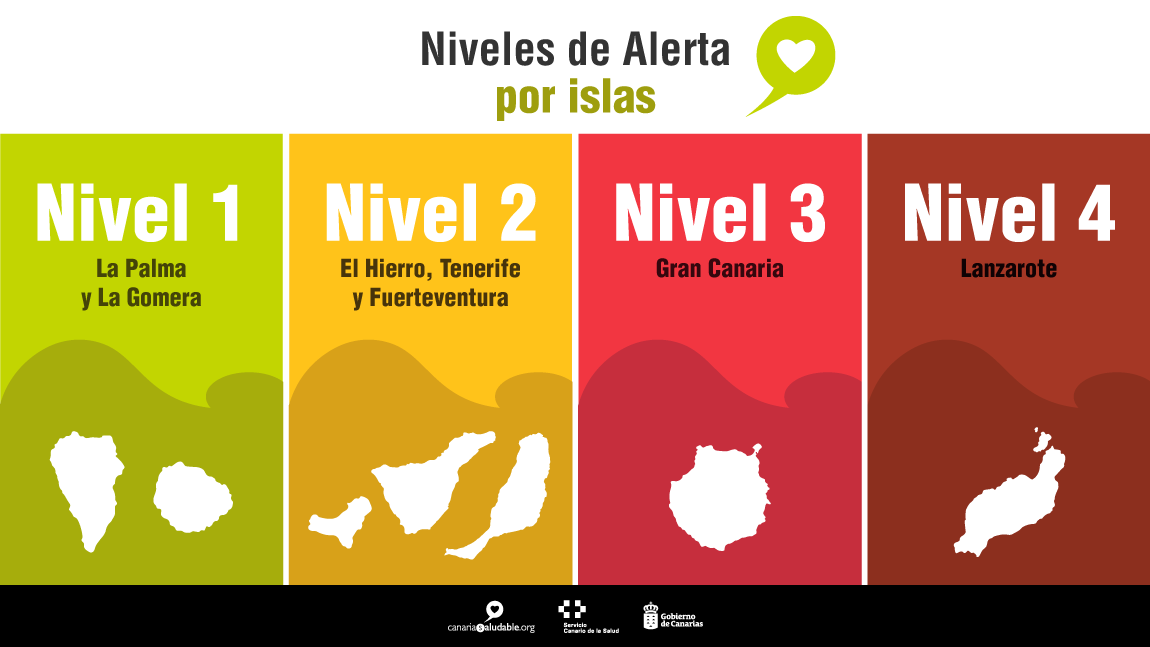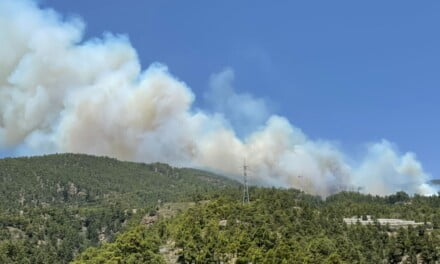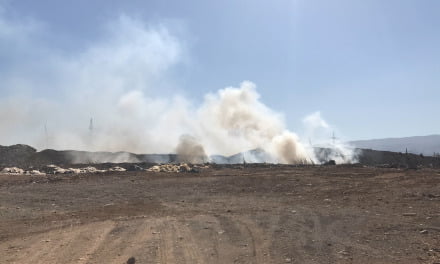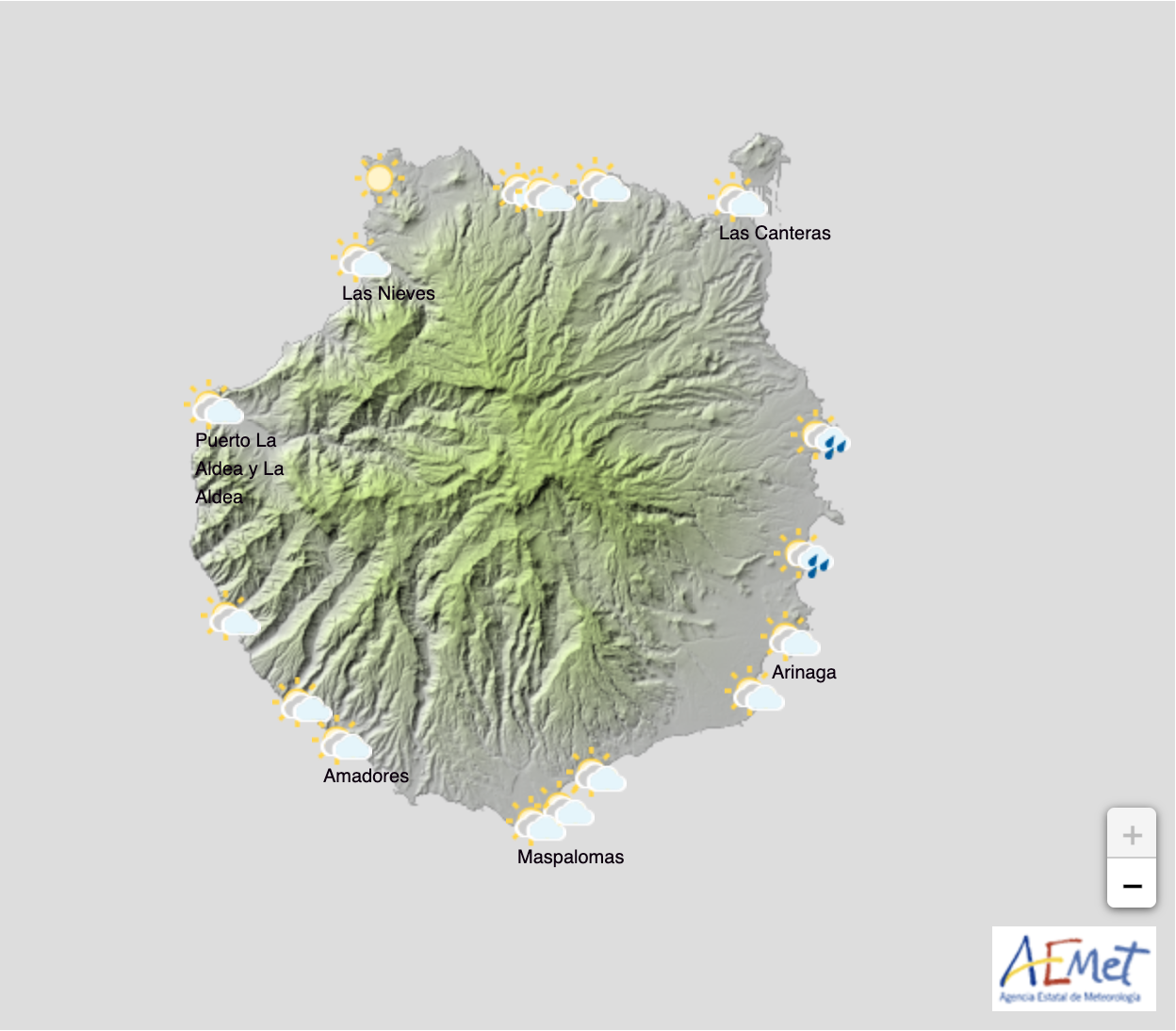Lanzarote has become the first island in the Canary Islands Archipelago to be moved to the COVID Alert Level 4 . Epidemiological indicators are at extreme risk and this Friday measures that come into effect from midnight have been published in the BOC Official Gazette of the Canary Islands. With the 14 day rate now topping 732 new infections per 100,000 population, extreme measures will need to be brought in to regain control on the islands of Lanzarote and La Graciosa.
 Following the weekly Government Council review, held on Thursday, the Ministry of Health said that the numbers of new infections on Lanzarote are worrying. Arrecife, the island capital, is among the ten municipalities with the highest cumulative incidence (cases per 100,000 inhabitants) over the last 14 days. The upward curve tracking the epidemic in Lanzarote is no longer wave-shaped, appearing to have gone exponential, and continues to grow.
Following the weekly Government Council review, held on Thursday, the Ministry of Health said that the numbers of new infections on Lanzarote are worrying. Arrecife, the island capital, is among the ten municipalities with the highest cumulative incidence (cases per 100,000 inhabitants) over the last 14 days. The upward curve tracking the epidemic in Lanzarote is no longer wave-shaped, appearing to have gone exponential, and continues to grow.
 The Canarian Government imposed Alert Level 3 on the island just over a week ago, which a few days later was also applied to Gran Canaria, bringing into force curfew measures from 22:00 to 06:00, the prohibiting of restaurants, bars and hotels serving clients indoors, the closure of gyms and sports facilities and a range of other policies designed to slow the number of new infections. But President Ángel Víctor Torres and his administration have said they do not want to wait any longer before imposing this highest level of alert, preceding full lockdown, given the advance of the virus on Lanzarote, imposing level 4 restrictions without delay.
The Canarian Government imposed Alert Level 3 on the island just over a week ago, which a few days later was also applied to Gran Canaria, bringing into force curfew measures from 22:00 to 06:00, the prohibiting of restaurants, bars and hotels serving clients indoors, the closure of gyms and sports facilities and a range of other policies designed to slow the number of new infections. But President Ángel Víctor Torres and his administration have said they do not want to wait any longer before imposing this highest level of alert, preceding full lockdown, given the advance of the virus on Lanzarote, imposing level 4 restrictions without delay.
The Canary Islands Ministry of Health on Friday reported 330 new cases of COVID-19 detected throughout the archipelago. Bringing the total accumulated cases, since the start of the pandemic, on the islands to 32,943 with 8,255 currently active, of which 53 are in the ICU and 327 remain hospitalised, the rest are being monitored from home isolation. One person in the Canary Islands has died due to the virus in the last 24 hours.
The Accumulated Incidence (AI) over 7 days in the Canary Islands stands collectively at 89.86 cases per 100,000 inhabitants and the AI at 14 days is at 188.68 cases per 100,000 inhabitants. As well as those, in the computation of new cases by island, there is one more to be added than seen in the global calculation, because that case was pending yesterday and so already referenced in the data. To date, a total of 754,356 PCR tests have been carried out in the Islands, of which 4,478 correspond to the last 24 hours. Tenerife has an accumulated total of 15,014 cases, 67 more than reported on Thursday, and 4,312 currently active;
Tenerife has an accumulated total of 15,014 cases, 67 more than reported on Thursday, and 4,312 currently active;
 At Alert Level 4, only 2 people at a time can meet. Regardless of whether that is in spaces for public or private use, indoors or outdoors, no one should be exceeding this limit, except in the case of people who already live in the same household. In the event that a group is made up of cohabitants and non-cohabitants, the maximum number will not exceed 2 people. In addition, the Health Ministry recommends each person defines a stable coexistence group and avoids, as far as possible, all social and family encounters. It is also advisable to leave home, preferably on foot or by bicycle, only when necessary and avoid all enclosed spaces regardless of the activities if they are incompatible with the use of masks or where many people might attend.
At Alert Level 4, only 2 people at a time can meet. Regardless of whether that is in spaces for public or private use, indoors or outdoors, no one should be exceeding this limit, except in the case of people who already live in the same household. In the event that a group is made up of cohabitants and non-cohabitants, the maximum number will not exceed 2 people. In addition, the Health Ministry recommends each person defines a stable coexistence group and avoids, as far as possible, all social and family encounters. It is also advisable to leave home, preferably on foot or by bicycle, only when necessary and avoid all enclosed spaces regardless of the activities if they are incompatible with the use of masks or where many people might attend.
The status of Gran Canaria’s new infections has also been a cause for concern, and so the Government are actively monitoring in case continued increased require an increase to the Alert Level 3 which is currently active on the island.
We will bring you further information as we get it.
Though more restrictive, Level 4 is still quite a way short of full confinement, and should enable all who still need to travel to work to be able to do so, so long as all safety measures are being observed.














We would stop the virus if people stayed at home l say close all ports and boarders stop being soft england get a back bone.
When will I be able to come to tenaref